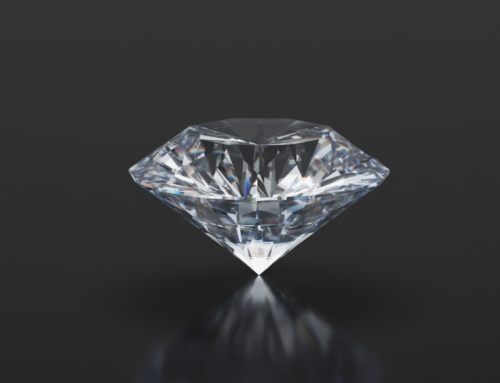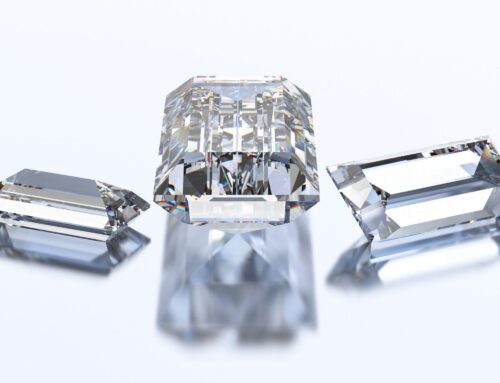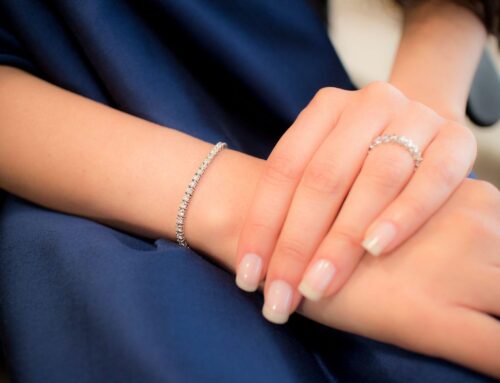Who doesn’t love diamonds? Both men and women enjoy wearing diamond jewelry. Teens are thrilled to get their first diamond studs or their first diamond necklace. Diamond jewelry is an investment—as are loose diamonds.
If you own any loose diamonds and you need to trade some in for cash—or if you would like to purchase loose diamonds for investment purposes—there are some factors you need to keep in mind. You need to educate yourself as to which qualities make for the best types of loose diamonds.
Have you ever heard about the four Cs of the diamond world? You need to know about these—cut, color, clarity, and carat weight—before you sell any loose diamonds or before you purchase loose diamonds for investment purposes.
Cut
This is the most important feature of diamond quality. It refers to the proportions and dimensions of the stone, not the shape. It is the cut of the diamond that determines how light reflects around and through the stone.
Color
There are different designations for color grades. The best and most desirable is the clear, colorless grade. This type of diamond has no color, which allows light to easily pass through. The more color—and the darker color—a diamond has, the less light is able to pass through. Though white or clear diamonds are typically the most wanted, some diamonds are chosen specifically for their excellent and unique colorations. The latter are quite rare, however, and are very expensive.
Clarity
This characteristic of a diamond involves looking for “inclusions” and/or “blemishes” in the stone that are imperceptible to the naked eye. As diamonds are formed deep within the Earth’s surface, the heat and pressure that shapes them creates cracks and flaws within them are considered to be the natural birthmark of the diamonds. These birthmarks—the “inclusions” and “blemishes”— that cannot be seen without a microscope are the identifying factor or clarity of the diamonds.
Of course, a flawless diamond would be worth much more than one with many inclusions or blemishes; however, a truly flawless diamond is extremely rare. And, because the clarity of a diamond cannot be seen with the naked eye, the clarity does not detract from its beauty. Nonetheless, the clarity of your loose diamonds will probably affect their value at sale.
Carat Weight
The loose diamonds you have to sell (as well as any loose diamonds you purchase for investment purposes) are likely to be on the small side. This is because small diamonds are more common than large ones—this is why people are so fascinated with finding large diamonds and with the large gems on display in the royal crown jewels. In addition, carat weight is a huge factor in engagement rings and wedding sets. Just look at celebrities. They seem to compete to see who can have the largest carat diamond engagement ring!
If you own a large carat weight diamond, it may sell for more than several small diamonds that add up to the same carat weight—simply because large diamonds are harder to find. Keep this in mind as you sell your loose diamonds.
Now that you know the factors to keep in mind when selling loose diamonds, you will have an easier time making a better profit off of your loose diamonds. Us the four Cs to your advantage to make sound investment decisions.
Post Revisions:
There are no revisions for this post.





Leave A Comment